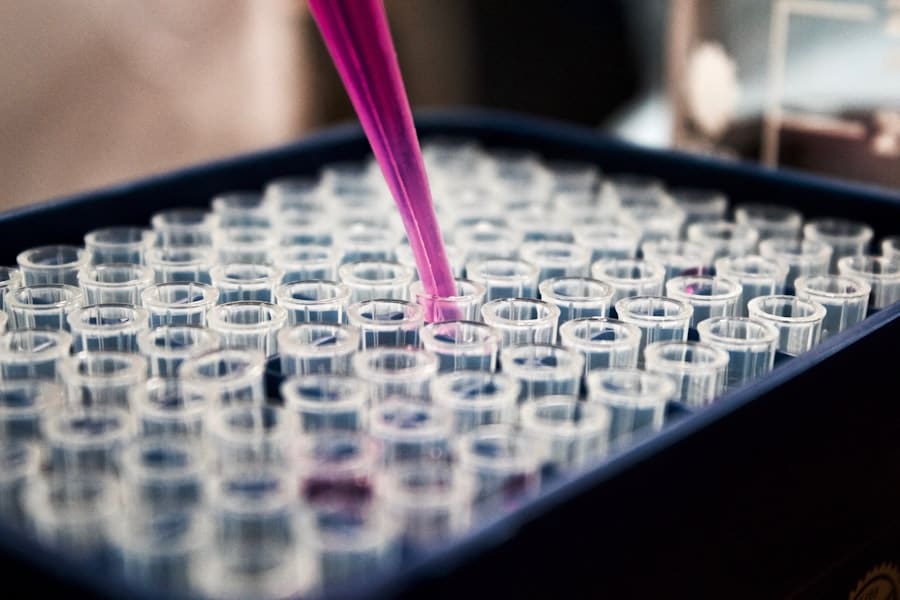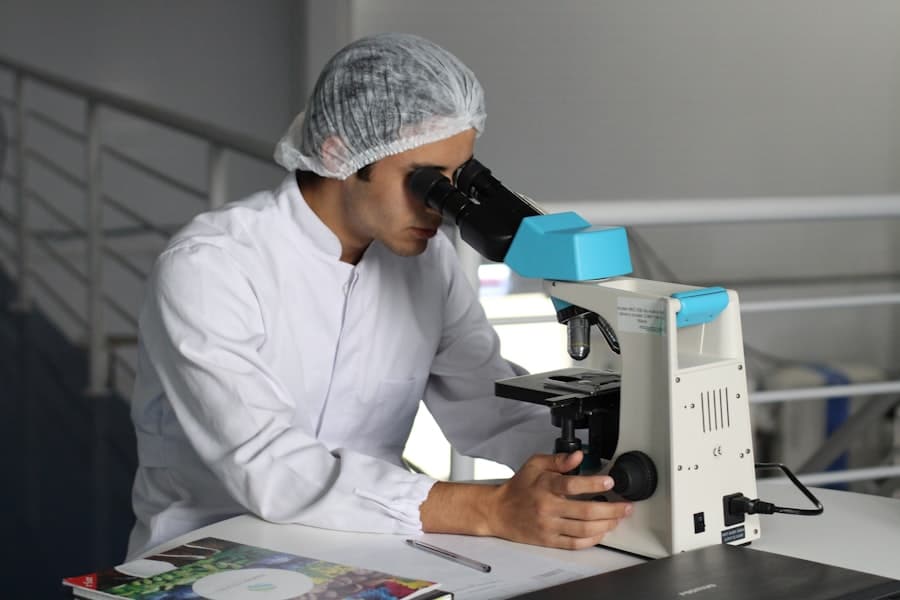The advent of drone technology has revolutionized various sectors, and the healthcare industry is no exception. Drones, or unmanned aerial vehicles (UAVs), have emerged as a promising solution for the timely and efficient delivery of medical supplies, particularly in remote or underserved areas. The integration of drones into medical logistics is not merely a technological advancement; it represents a paradigm shift in how healthcare can be delivered, especially in emergencies where every second counts.
The ability to transport essential medical supplies—such as vaccines, blood products, and medications—over challenging terrains and inaccessible locations has garnered significant attention from healthcare providers, governments, and technology innovators alike. The use of drones in medical supply delivery is particularly pertinent in regions where traditional transportation methods are hindered by geographical barriers, poor infrastructure, or logistical challenges. For instance, mountainous regions, islands, or areas affected by natural disasters often face delays in receiving critical medical supplies.
Drones can circumvent these obstacles by flying directly to their destinations, thereby reducing delivery times significantly. As the world grapples with the ongoing challenges posed by pandemics and health crises, the role of drones in ensuring that medical supplies reach those in need has never been more crucial.
Key Takeaways
- Drones are being increasingly used for delivering medical supplies to remote and hard-to-reach areas, revolutionizing the healthcare industry.
- The advantages of using drones for medical supply delivery include faster delivery times, cost-effectiveness, and the ability to reach areas with poor infrastructure.
- Challenges and limitations of using drones for medical supply delivery include regulatory restrictions, limited payload capacity, and weather conditions.
- Current and future applications of drones in medical supply delivery include transporting blood samples, vaccines, and essential medicines to remote areas and disaster zones.
- Regulatory and ethical considerations for drones in medical supply delivery include privacy concerns, airspace regulations, and the need for standardized protocols to ensure safety and reliability.
Advantages of Using Drones for Medical Supply Delivery
One of the most compelling advantages of using drones for medical supply delivery is their speed. Drones can cover distances that would take hours or even days for ground vehicles to traverse, especially in rural or isolated areas. For example, a drone can deliver a life-saving blood transfusion to a remote hospital within minutes, whereas a traditional vehicle might take several hours due to poor road conditions or traffic congestion.
This rapid response capability is vital in emergency situations where timely access to medical supplies can mean the difference between life and death. In addition to speed, drones offer cost-effectiveness in medical logistics. Traditional delivery methods often involve significant expenses related to fuel, vehicle maintenance, and labor.
Drones, on the other hand, can operate at a fraction of these costs.
Furthermore, the ability to transport lightweight medical supplies without the need for extensive infrastructure—such as roads or landing strips—makes drones an economically viable option for healthcare providers looking to optimize their supply chains.
Challenges and Limitations of Using Drones for Medical Supply Delivery

Despite their numerous advantages, the deployment of drones for medical supply delivery is not without challenges. One significant limitation is the regulatory landscape governing drone operations. Many countries have stringent regulations regarding airspace usage, which can hinder the widespread adoption of drones in healthcare logistics.
For instance, obtaining the necessary permits for drone flights can be a time-consuming process that delays implementation. Additionally, air traffic management systems are often not equipped to handle the influx of UAVs, leading to potential safety concerns. Another challenge lies in the technical limitations of drone technology itself.
While advancements have been made in battery life and payload capacity, many drones still face restrictions on how far they can fly before needing to recharge or return to base. This limitation can be particularly problematic when delivering supplies over long distances or in areas with limited charging infrastructure. Furthermore, adverse weather conditions—such as heavy rain, strong winds, or fog—can impede drone operations, necessitating contingency plans for deliveries that may be delayed or canceled due to environmental factors.
Current and Future Applications of Drones in Medical Supply Delivery
Currently, several innovative applications of drones in medical supply delivery are being implemented around the globe. In Rwanda, for instance, Zipline has established a drone delivery network that transports blood products and vaccines to over 21 hospitals across the country. This initiative has significantly reduced delivery times from hours to mere minutes, ensuring that patients receive critical care without unnecessary delays.
Similarly, in Ghana, drones are being used to deliver vaccines and essential medicines to remote health facilities, demonstrating the potential for UAVs to enhance healthcare access in developing nations. Looking ahead, the future applications of drones in medical supply delivery are poised to expand even further. As technology continues to evolve, we may see the integration of artificial intelligence (AI) and machine learning algorithms that optimize flight paths based on real-time data such as weather conditions and air traffic.
Additionally, advancements in drone design could lead to larger payload capacities and longer flight ranges, enabling them to transport more substantial quantities of medical supplies over greater distances. The potential for drones to be equipped with advanced sensors could also facilitate real-time monitoring of temperature-sensitive items like vaccines during transit, ensuring their efficacy upon arrival.
Regulatory and Ethical Considerations for Drones in Medical Supply Delivery
The regulatory framework surrounding drone operations is a critical aspect that must be addressed as the use of UAVs in medical supply delivery becomes more prevalent. Governments and aviation authorities must establish clear guidelines that ensure safety while promoting innovation. This includes defining airspace regulations that accommodate both manned and unmanned aircraft and creating protocols for emergency situations where drones may need to operate outside standard regulations.
Collaboration between healthcare providers, drone manufacturers, and regulatory bodies will be essential to develop a cohesive framework that supports safe and efficient drone operations. Ethical considerations also play a significant role in the deployment of drones for medical supply delivery. Issues such as privacy concerns arise when drones are used in populated areas where they may capture images or data without consent.
Additionally, there is a need to ensure equitable access to drone-delivered medical supplies across different demographics and regions. It is crucial that these technologies do not exacerbate existing disparities in healthcare access but rather serve as tools for enhancing equity in health services.
Technology and Innovation in Drones for Medical Supply Delivery

The technological advancements driving the evolution of drones for medical supply delivery are remarkable. Modern drones are equipped with sophisticated navigation systems that utilize GPS and inertial measurement units (IMUs) to ensure precise flight paths. These systems allow drones to autonomously navigate complex environments while avoiding obstacles such as buildings and trees.
Furthermore, advancements in battery technology have led to longer flight times and increased payload capacities, enabling drones to carry heavier medical supplies over greater distances. Innovations such as vertical takeoff and landing (VTOL) capabilities are also enhancing the versatility of drones in medical logistics. VTOL drones can take off and land in confined spaces without requiring runways, making them ideal for urban environments or remote health facilities with limited space.
Additionally, some companies are exploring hybrid drone designs that combine fixed-wing and rotorcraft technologies to maximize efficiency and range. These innovations not only improve operational capabilities but also expand the potential applications of drones within the healthcare sector.
Case Studies of Successful Medical Supply Delivery Using Drones
Several case studies illustrate the successful implementation of drones in medical supply delivery across various contexts. In 2016, Zipline launched its operations in Rwanda with a mission to deliver blood products to remote hospitals. The service has since expanded significantly; by 2021, it was delivering over 150 different types of medical supplies across the country.
The impact has been profound: hospitals report that they can now provide timely care without worrying about stockouts of critical blood products. Another notable example comes from Vanuatu, where drones were deployed during a trial project aimed at delivering vaccines to remote islands. The initiative demonstrated that drones could effectively reach locations that were otherwise inaccessible due to rough seas or limited transportation options.
The success of this pilot program has prompted discussions about scaling up drone deliveries for other essential health services across the archipelago.
The Future of Drones in Delivering Medical Supplies to Remote Areas
As we look toward the future, the potential for drones to deliver medical supplies to remote areas appears boundless. With ongoing advancements in technology and increasing acceptance from regulatory bodies, we may soon witness a world where drones become a standard component of healthcare logistics globally. The ability to provide rapid access to essential medical supplies could transform health outcomes in underserved regions, ultimately saving lives and improving overall public health.
Moreover, as global health challenges continue to evolve—exemplified by pandemics like COVID-19—the need for agile and responsive healthcare delivery systems becomes increasingly apparent. Drones offer a solution that aligns with these needs by providing a flexible means of transporting medical supplies quickly and efficiently.
In a recent article discussing the future of drones in delivering medical supplies to remote areas, it was highlighted how technological advancements are revolutionizing healthcare access in underserved communities. This innovation is reminiscent of the impact that the best tablets for business in 2023 are expected to have on improving productivity and efficiency in various industries. To learn more about the latest trends in business technology, check out

